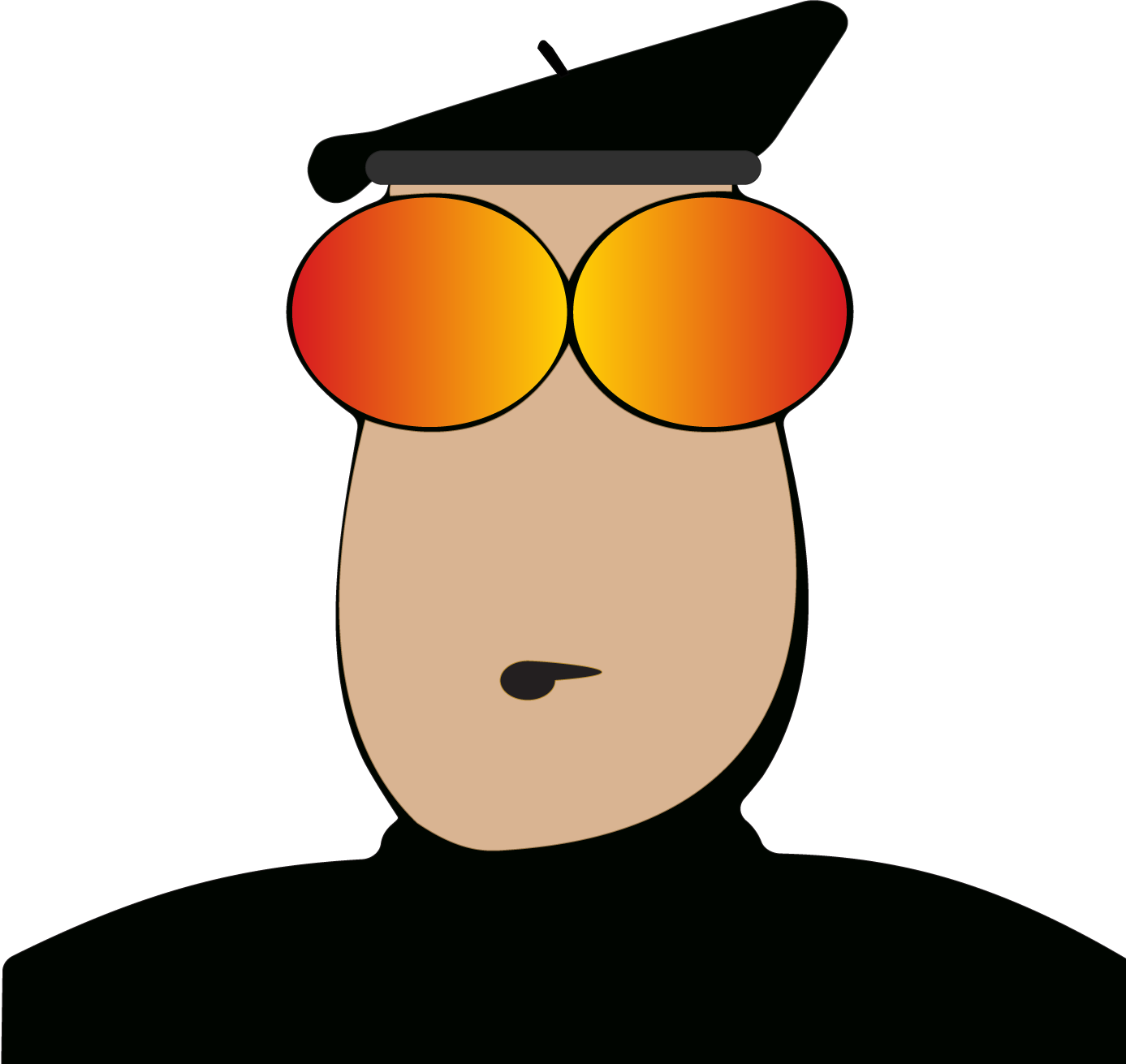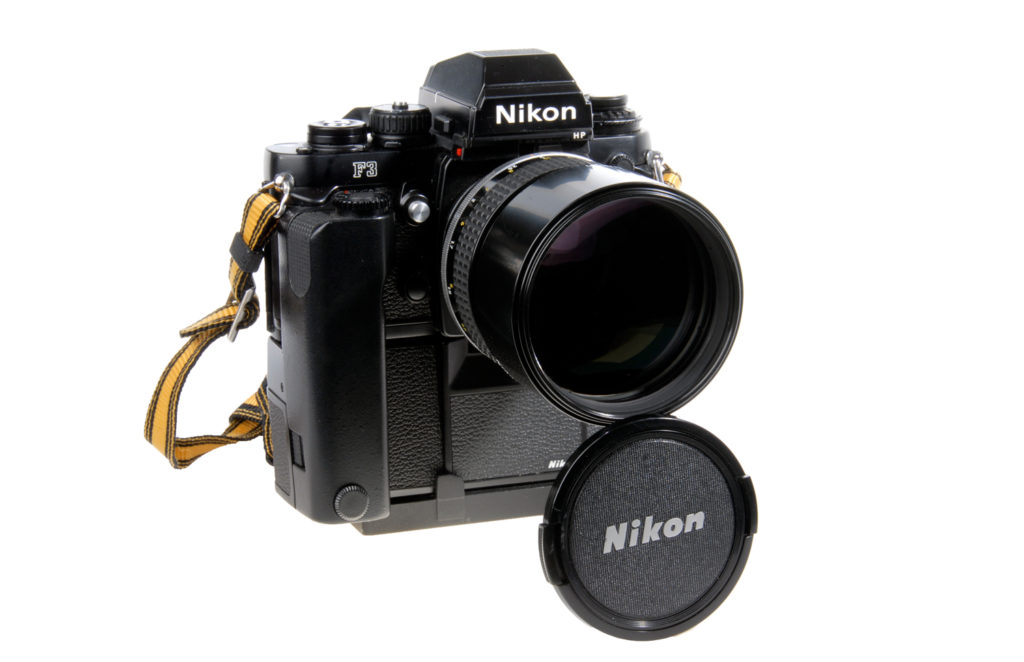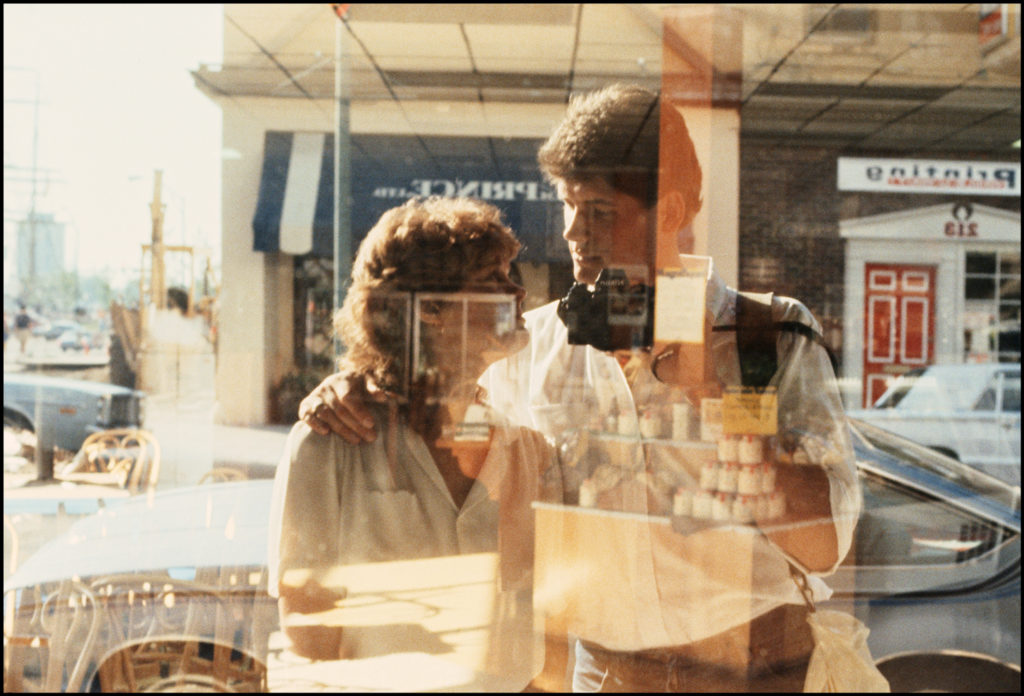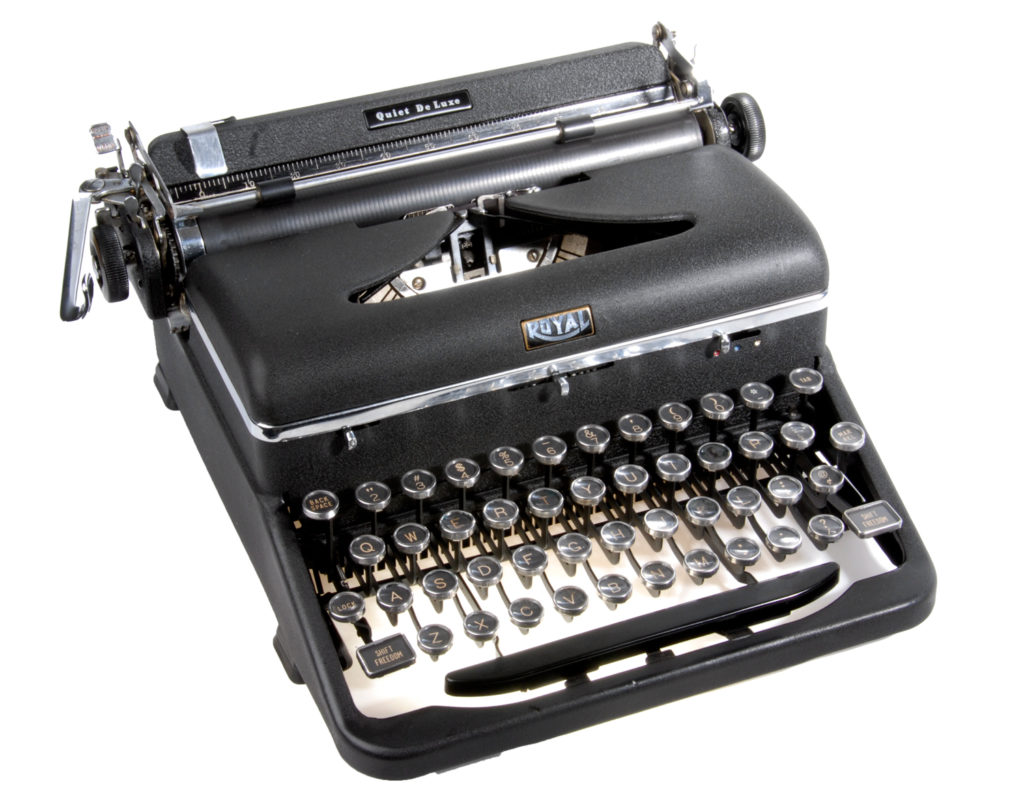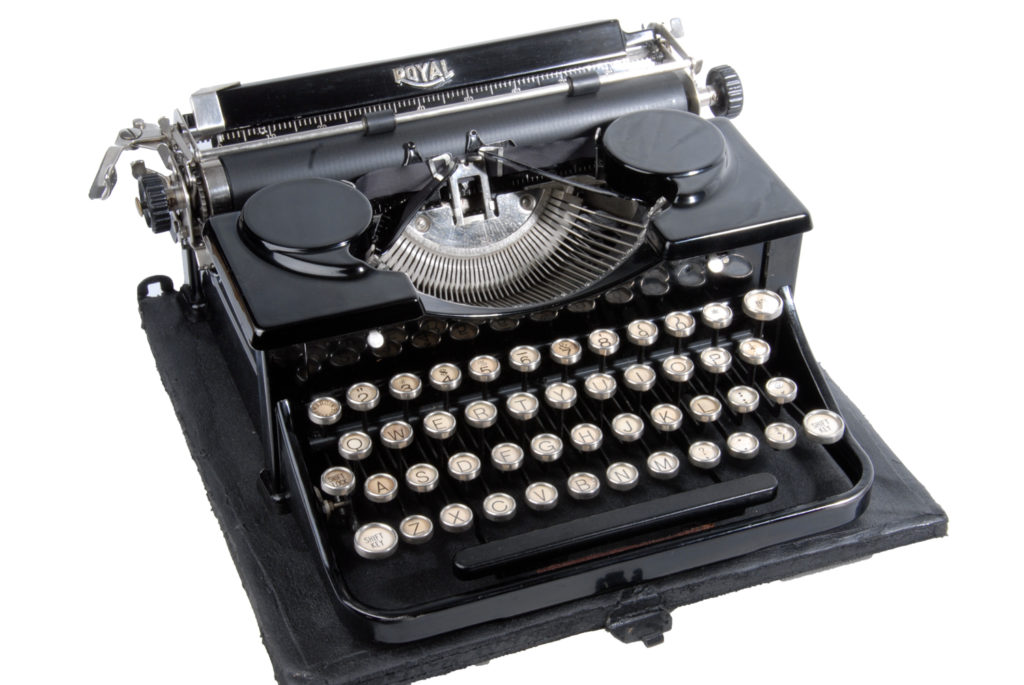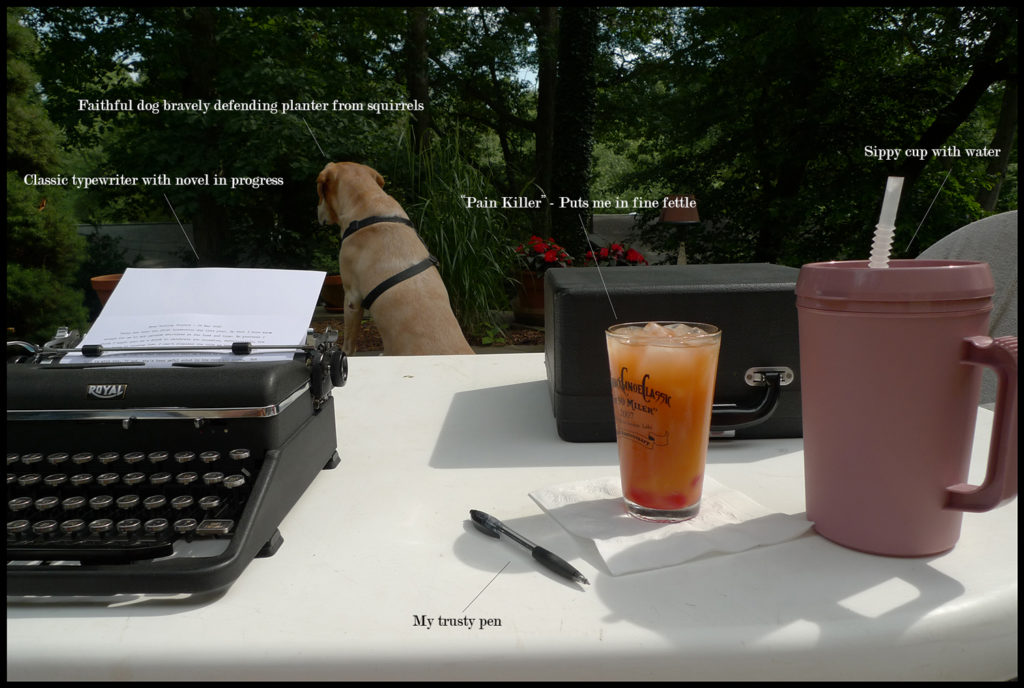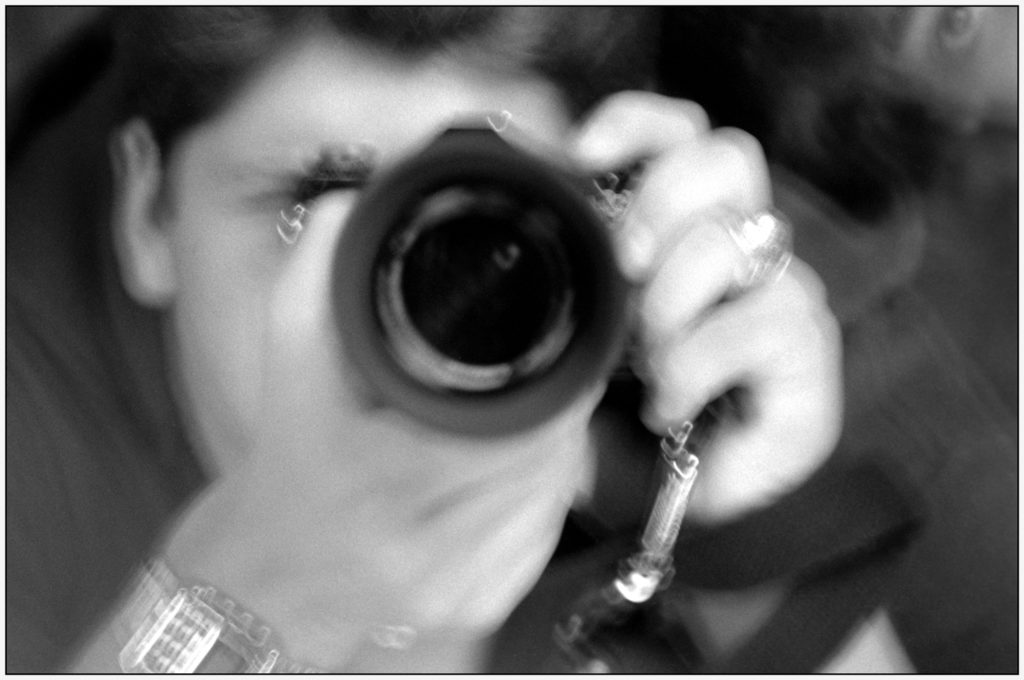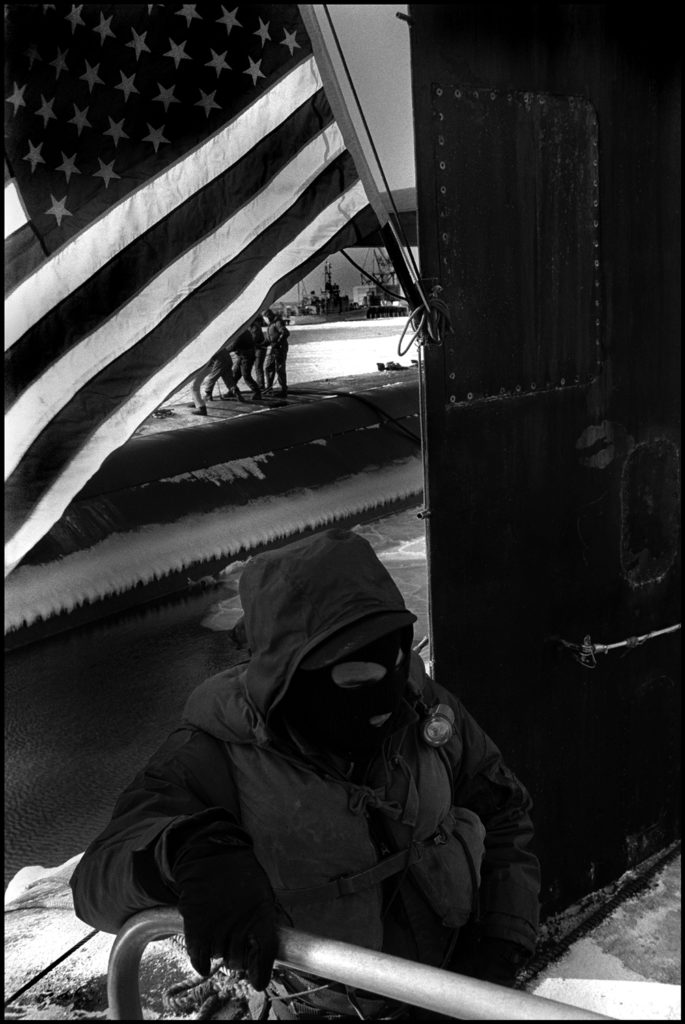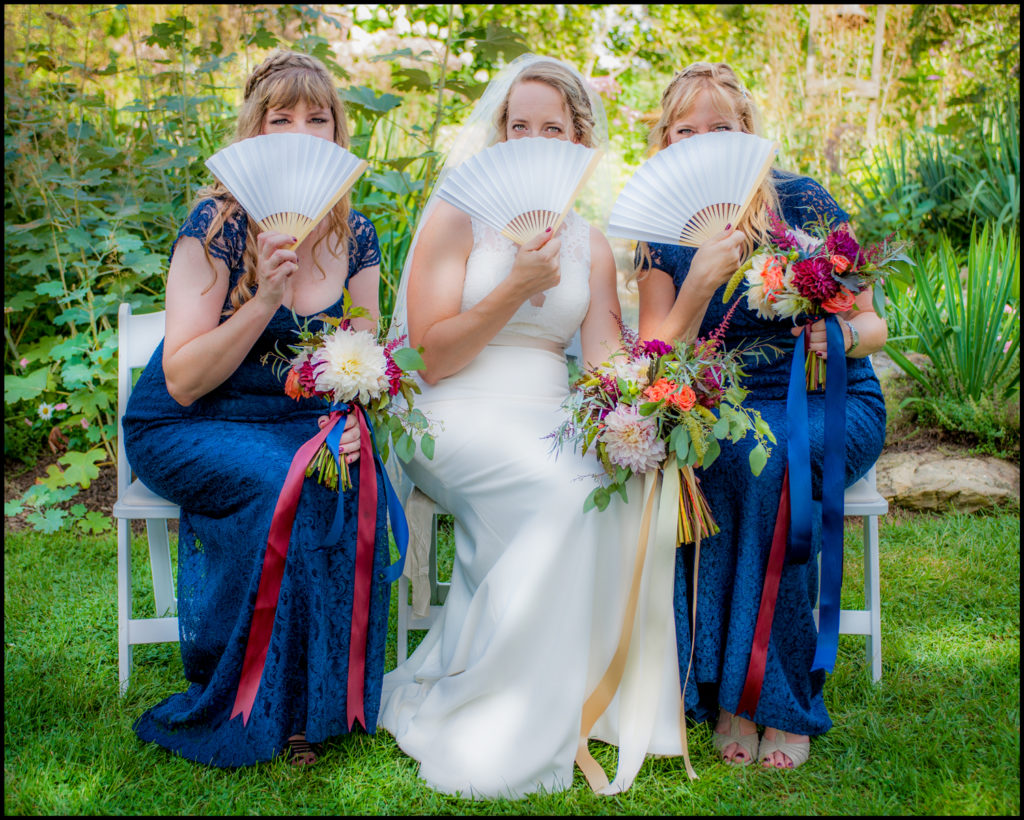Welcome to Warrenworks.com…
Hi, I’m Rick Miller. Welcome to my personal website. Here you’ll discover a few of my passions including classic cameras, typewriters, and photography, just to name a few.
The camera collection grew out of my love of photography, which began with my navy career back in the early ‘80s. I seem to have held on to every camera I’ve ever owned, and later in life, when I rekindled my passion for photography, I deliberately acquired a few cameras I’d always wanted but couldn’t afford as a young sailor.
My first professional camera was the Nikon F3HP, purchased in early 1982. I took this trusty camera with me on multiple submarine deployments and later on cruises aboard the USS America (CV-66) and USS La Salle (AGF-3)
This image is a rare self-portrait with my wife Coralie taken with the Nikon F3HP in Norfolk, Virginia in 1984.
You’ll notice most of the cameras featured in the collection use film. I still shoot film and practice the art of film photography for its aesthetics. I liken it to the practice of Zen. It forces me to slow down and meditate upon practice and technique. The masters I’ve studied include: Ansel Adams, Robert Doisneau, Brassaï, Robert Frank, Edward Steichen, Willy Ronis, Helmut Newton, Diane Arbus, Richard Avedon, Lee Miller, Henri Cartier-Bresson, Cecil Beaton, and Vivian Maier. If you haven’t heard of Vivian Maier, her discovery is a fascinating story told in the documentary Finding Vivian Maier.
The typewriter collection started one hot, hazy, summer day a few years back. I wanted to sit outside and write, but not with a pen or pencil, and not with my laptop, because laptop screens are notoriously hard to read in bright sunlight, so, what to do? I bought a used mid-‘50s Royal typewriter off EBay and cleaned it up. When I finished, the typewriter looked great and I felt the same. I was hooked.
I focus the collection on portable typewriters produced from the early 1910s to the late 1950s. These machines are made mostly from metal and have few, if any, plastic parts, other than keys on the later models. Like children, I have my favorites, and I prefer to write with the 1940s Royal Quiet De Luxe pictured here.
Another one of my favorites is a 1930s Royal Portable. The machine itself is a work of art.
“Why use a typewriter at all?” you may ask, and I get this question a lot. In my opinion, there’s a distinct difference between writing with a pen or a pencil, or a typewriter, or a computer.
I keep my journal with a pen. (And not just any pen, but a Paper Mate Profile 1.4B. All writers have their favorites.) I find writing with a pen a reflective activity. I like to wiggle the pen between my thumb and index fingers as I contemplate the next word or phrase. If I make a mistake I cross it out, sometimes with a single line through, and other times I completely obliterate the mistake with violent squiggles. I can chart my moods by comparing my handwriting at different periods in my life, or at different times of day.
As a technical writer, I prefer to work on the computer. The computer lets you to edit your writing on the fly. Editing on the fly is great for technical writing, but not so much for fiction or other genres. Editing on the fly disrupts the creative process.
The typewriter, on the other hand, infuses a certain rhythm into your work and restricts the amount of editing you can do until after you have committed your thoughts to paper. Start with a fresh, clean sheet of paper. Like pens, many writers favor specific types of paper, such as linen or parchment. Carefully insert the paper into the machine, release the rollers, align the top and bottom edges, then click the rollers back into place and roll the paper into starting position, collect your thoughts or refer to your notes, and start typing, tentatively at first and then deliberately. The feel of a typewriter stroke is much different than the stroke of a computer key. It takes more strength and effort to push a typewriter key down. I especially like working on a typewriter outside, on a nice summer day.
Again, welcome to my website and thank you for visiting. I hope you’ll find something here that piques your interest and leaves you with some fresh ideas of your own. If you’re inclined to reach out, just send me an email. You’ll find it on the Contact page.
About The Photography Side of Things…
I’m a photographer based in Falls Church, Virginia. Actually, I like to say that I’m a software engineer with a photography habit, but I am working hard to marry passion with existence, and to bring photography back into the center of my life.
I have been passionate about photography since the early 1980s when I purchased my first camera after completing U.S. Navy boot camp in Orlando, FL. At one point in my early navy career, when I served in the submarine force, photography was an official “collateral” duty. I consider myself lucky to have carried my camera with me for most of my navy adventures.
Film ruled the day in the 1980s and I aligned myself squarely with the Ansel Adams School, buying and reading every book he wrote and practicing the Zone System within the context of 35mm film medium. My love of film continues unabated today, and I practice making images with film as a form of meditation and spiritual renewal. I will often shoot film along side digital at the events I cover to obtain a different perspective. I maintain a large collection of film cameras in various formats and each one has a genuine personality that allows me to capture images with unique characteristics.
Ansel Adams’ techniques are as relevant to today’s digital workflow as they are to making images with film, and perhaps even more so, in that given the practically infinite possibilities one has to make post process adjustments to an image, it helps to visualize the end result before you release the shutter.
The technical aspects of film photography included optics, filters, film characteristics, exposure, and development chemicals and techniques. And this was just to get a negative that captured enough information from which to realize one’s vision. The technical aspects of digital photography are even more complex, so much so that unless you take the time to understand and master the technology, it will hold you captive.
